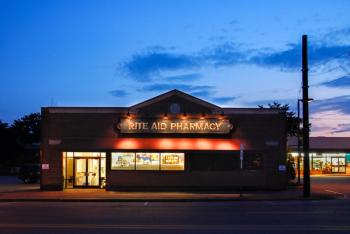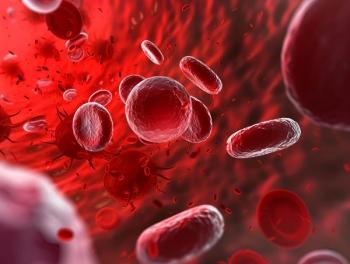
New Concerns of a Potentially Serious Adverse Event with Oral Capecitabine
In an important change to the prescribing information of Xeloda (capecitabine), Hoffman-La Roche, in cooperation with Health Canada, released an advisory on the potential for Stevens-Johnson syndrome and toxic epidermal necrolysis with use of the oral chemotherapy agent.
In an important change to the prescribing information of Xeloda (capecitabine), Hoffman-La Roche, in cooperation with Health Canada, released an advisory on the potential for Stevens-Johnson syndrome and toxic epidermal necrolysis with use of the oral chemotherapy agent.
On December 3, 2013, Hoffman-La Roche posted a "Dear Health Care Professional”
Capecitabine is approved for use in patients with colorectal cancer, either as an adjuvant for patients with stage III colon cancer or as part of a regimen for metastatic colorectal cancer after failure of other treatment. Capecitabine is also approved as part of a regimen for patients with advanced or metastatic breast cancer after failure of earlier-line treatments, including taxanes.
A 2008 case report of SJS in association with use of capecitabine was published by physicians at the Hacettepe University Faculty of Medicine in Ankara, Turkey. In the case report, a 63-year-old woman with metastatic breast cancer developed macular eruptions, ulcerative lesions, and fever after 10 days of treatment with capecitabine at a dose of 2500 mg/m2 body surface area. Although the patient had received intravenous chemotherapy and radiotherapy before receiving oral capecitabine, the patient was receiving no medications other than capecitabine when the adverse event occurred. Based on the Naranjo nomogram, investigators rated the probability of capecitabine having caused the event as “probable.”
To treat SJS, the patient received mouthwashes, took a course of oral steroids (prednisolone), and bathed regularly in a solution containing the oxidizing agent potassium permanganate. After 2 weeks of treatment, the skin lesions had healed.
SJS and TEN are serious but rare potential adverse events that may occur with use of many types of medications, including antibiotics, anticonvulsants, nonsteroidal anti-inflammatory drugs, sulfonamides, and allopurinol. Although most cases of SJS are associated with medications, infection with herpes simplex virus, hepatitis A, HIV, or mycoplasma may also lead to SJS or TEN.
Adverse event monitoring is an important role of pharmacists. To report an adverse event to the FDA, please call the FDA at 1-800-FDA-1088.
Newsletter
Stay informed on drug updates, treatment guidelines, and pharmacy practice trends—subscribe to Pharmacy Times for weekly clinical insights.




















































































































































































































